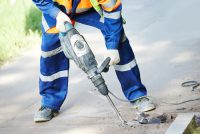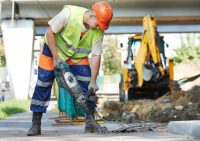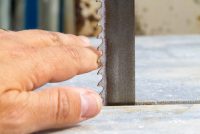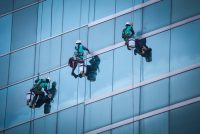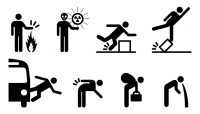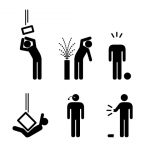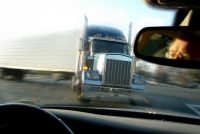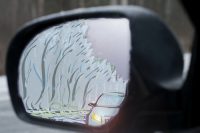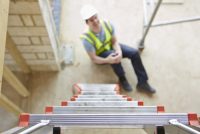Modern safety management goes beyond covering traditional workplace accidents to now being equally concerned with illnesses caused on and even off the job. This section will explain what you need to know to avoid both injuries and illnesses, and to track your progress in reaching this goal.
As with most labor-saving devices, nail guns decrease the amount of labor while increasing risk. The tool’s ability to fire several nails per second at a velocity of more than 1,000 feet per second presents obvious hazards.
Same-level slips, trips, and falls are occupational hazards that can be found in almost every type of work setting. When considering workplace falls, most people immediately think of falls from a height, yet, according to the Bureau of Labor Statistics (BLS), the majority of fall-related injuries occur as a result of falls from same-level walking […]
Pneumatic power tools such as nail guns, chippers, drills, hammers, and sanders are found not only in the workplace but also in the hands of many consumers—and not all of them are construction workers who use those tools during their day jobs and receive appropriate training. Make sure that not only your tradesmen but also […]
In the fall of 2014, OSHA inspected a manufacturer of rice cakes and other healthy snack products after a worker suffered an electrical injury in August 2014. While OSHA was on-site, the Agency discovered that another worker had missed 20 days of work and spent another 22 days on restricted duty after part of his […]
Some jobs are just more dangerous than others. It’s fairly obvious, of course, that steelworkers face greater hazards than office workers—but some hazardous jobs might be less obvious. Are your workers in a high-risk occupation? Here’s what the Bureau of Labor Statistics (BLS) has to say about what industries and occupations pose the deadliest hazards.
Some groups of workers are at higher risk of work-related death than others. Do you have any of these high-risk groups in your workplace? And if you do, what are the best strategies for keeping them safe?
Do you know what the leading causes of death are in American workplaces? Each year, the Bureau of Labor Statistics (BLS) tallies the statistics, releasing data from 1 to 2 years in arrears. Despite the delay in reporting, there is a certain consistency from one year to the next: Many of the same hazards remain […]
Ready for some statistics that should make you take a step back? Between 2003 and 2010, 143 workers on road construction sites in the United States died when they were hit by vehicles backing up. And in 2011, 70 workers in all industries were killed in backover accidents.
On January 8, 2013, Xiaobon Cheng was at work at Keeco LLC, a textile manufacturer in Hayward, California, when he was caught between a loading dock and a semi that was backing onto the dock. The 56-year-old Cheng suffered fatal head injuries.
Slips, trips, and falls (STFs) are notorious workplace hazards that cause a lot of injuries and add to costs, productivity losses, and worker absences. Take action against STFs with these 5 strategies.

